Designing your Bedroom for a Better Night’s Sleep
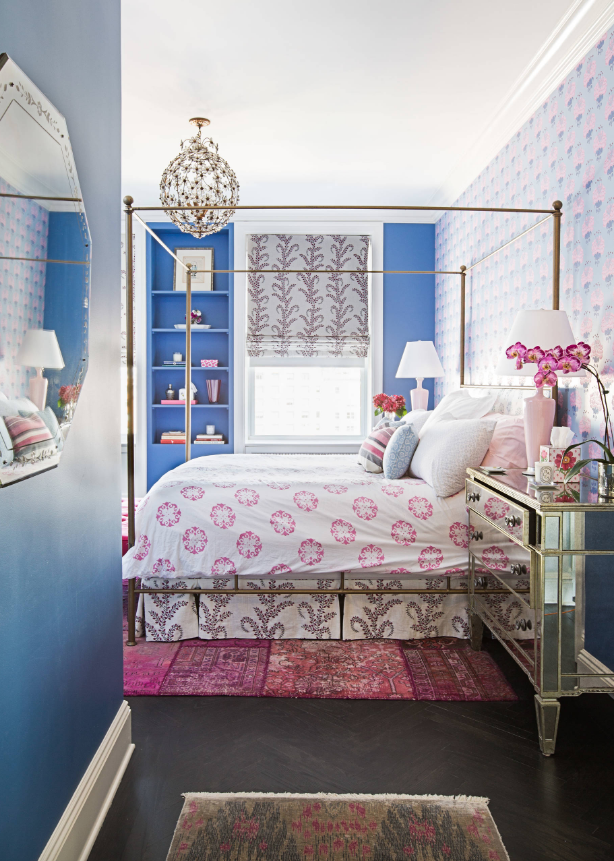
Do you have trouble sleeping at night? Here are some simple and effective ways to design your bedroom for a good nights sleep!
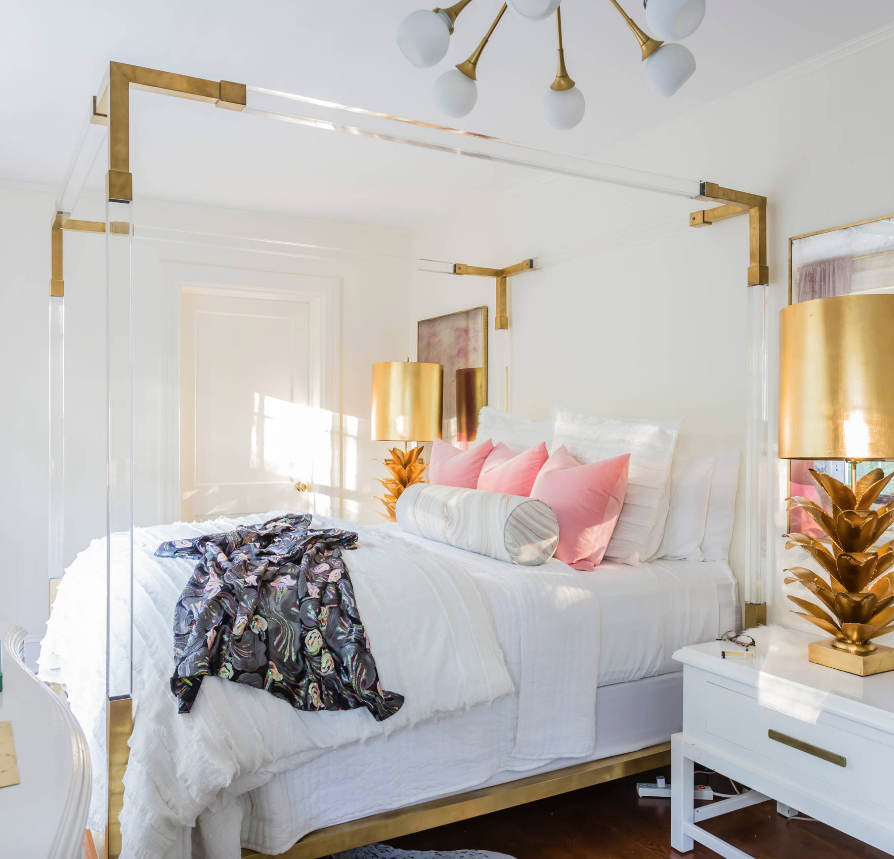 Photo: Catherine Nguyen Photography
Photo: Catherine Nguyen Photography
According to the America Sleep Association, between 50 and 70 million U.S. adults suffer from some form of sleep disorder. This represents a huge proportion of the North American population, meaning that a vast number of people are struggling to enjoy a good nights’ sleep. While this may occasionally be the result of an underlying illness, many sleepless nights are simply caused by an uncomfortable mattress of the layout of the interior space.
We’ll address some of these concerns below, while asking how you can design your bedroom for a better nights’ sleep:
Invest in the Right Mattress
The mattress that you lie on is one of the most important contributing factors to a good nights’ sleep, and there are a number of potential reasons for this. In order to make your bedroom cozy for winter, a comfortable mattress is a must.
One of the biggest issues is commonly known as ‘sleeping hot’, which refers to the fact that specific mattresses cause our bodies to retain heat throughout the course of the night. While our core temperature typically drops as we sleep, there are certain types and design of mattress that trap the heat that we shed as the hours tick by.
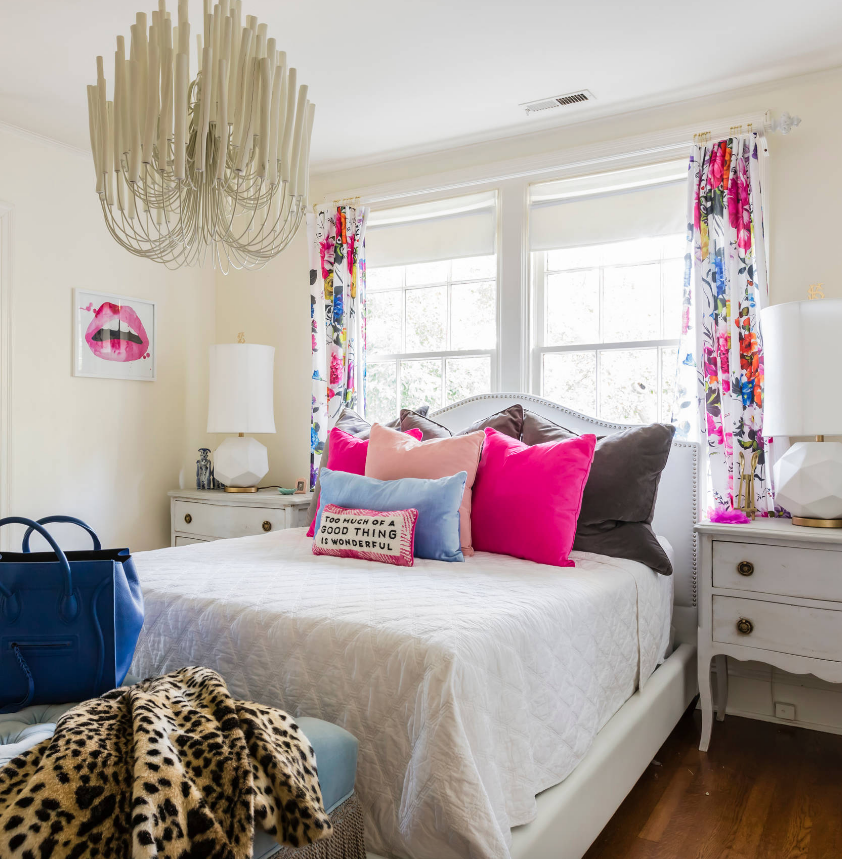 Photo: Catherine Nguyen Photography
Photo: Catherine Nguyen Photography
This can cause you to wake up feeling hot and sweaty in the early hours, disrupting your sleep cycle and leaving you feeling overly tired in the process.
The negate this issue, you should consider investing in a cooling mattress, which includes advanced cooling technology within memory foam material that conforms to each individual. This creates the optimal level of comfort, both in terms of your alignment and body temperature.
Get the Lighting Right (and the Environment)
When it comes to optimising your sleep cycle, the level of light in your bedroom is an extremely important consideration.
This has been borne out by studies, which have revealed that our mind and natural circadian rhythm tends to follow a dark-light cycle. As a result, having too much light in your room can seriously disrupt your sleep and make it difficult to drift off in the first place.
 Photo: Regina Tamburro Photography
Photo: Regina Tamburro Photography
This is easier said than done, as our contemporary lifestyles tend to disrupt us from the dark and calm environments that are central to a restful nights’ sleep. After all, modern bedrooms are littered with devices such as televisions, smartphones and computers, which can sporadically light up the space and interrupt your REM (Rapid Eye Movement) sleep.
With this in mind, it’s important to ensure that the space is as dark as possible when you want to sleep, so consider switching off as many devices as you can. If you need to keep your smartphone on, we’d recommend placing it in a draw where the light cannot disturb you.
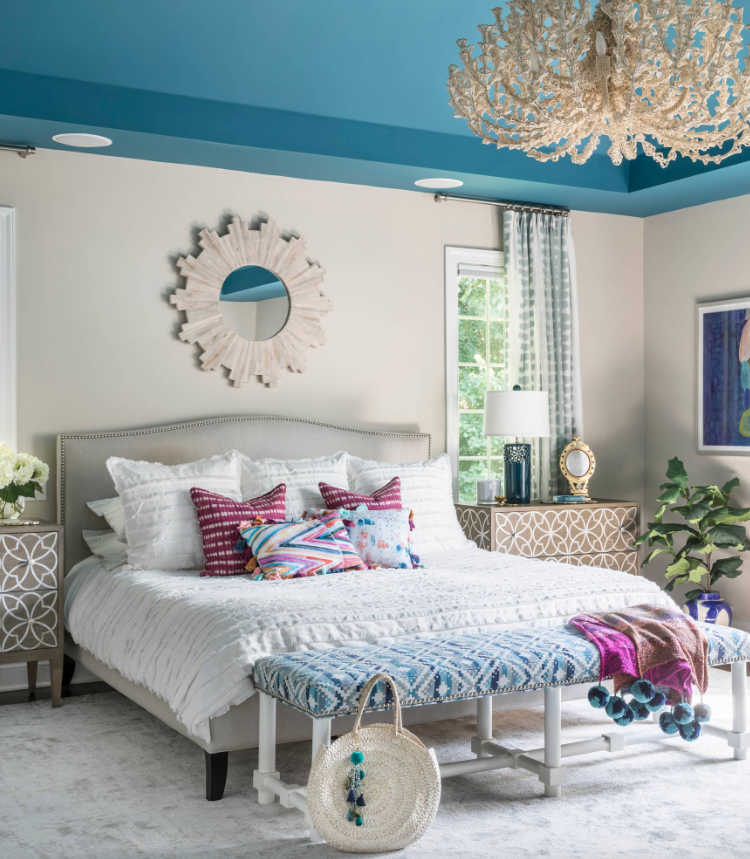 Photo: Nicole Forina Home
Photo: Nicole Forina Home
Pay Attention to the Décor
Your bedroom should be a sanctuary, and a space that has been specifically designed for rest and relaxation. The colour scheme that you use to decorate the space is therefore critical, as muted pastel shades such as light blue or green can create a genuinely calming interior.
Of course, you may have a desire to incorporate some bolder and brighter shades into the space. Rather than introducing these as block colours, however, we’d recommend using them as accents and weaving them into throws, pillows and surrounding artwork.
If you get the balance wrong, you could be left with an overbearing and garish space that is hardly conducive to a good nights’ sleep.



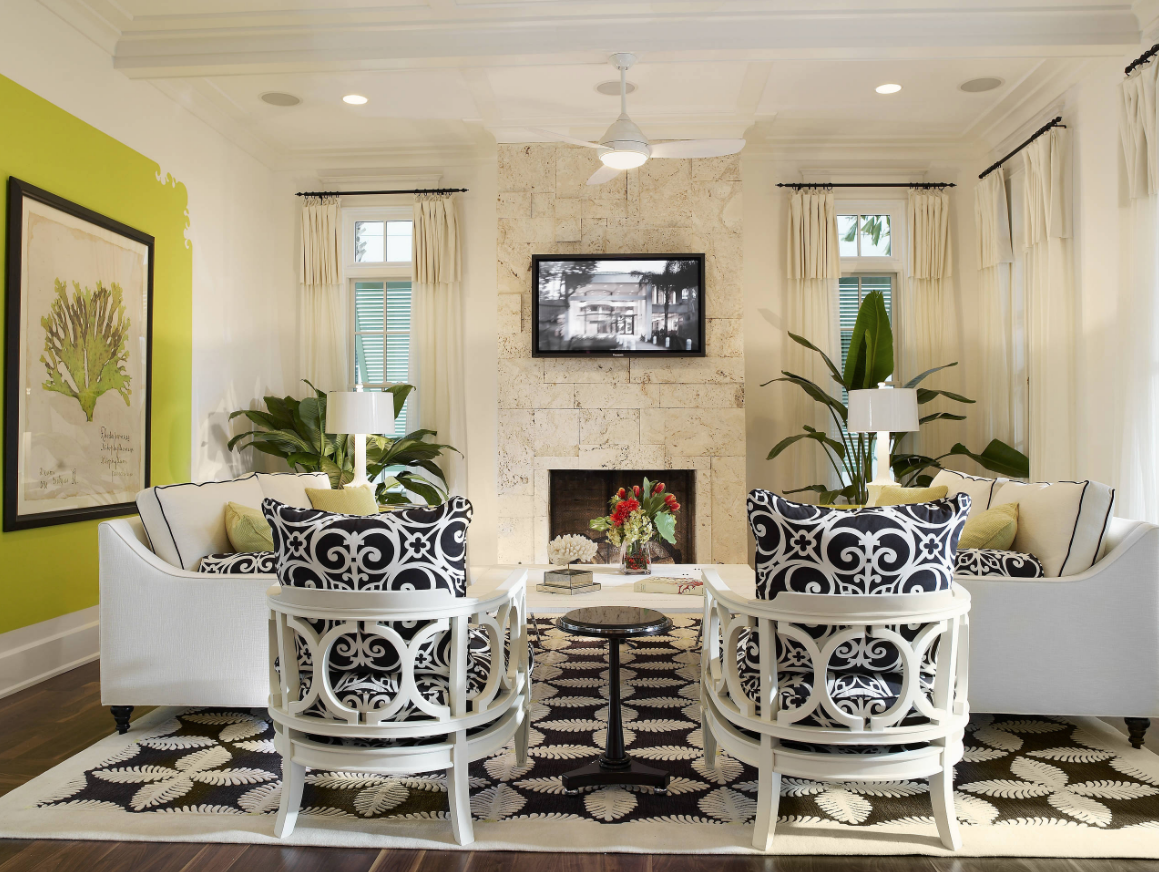
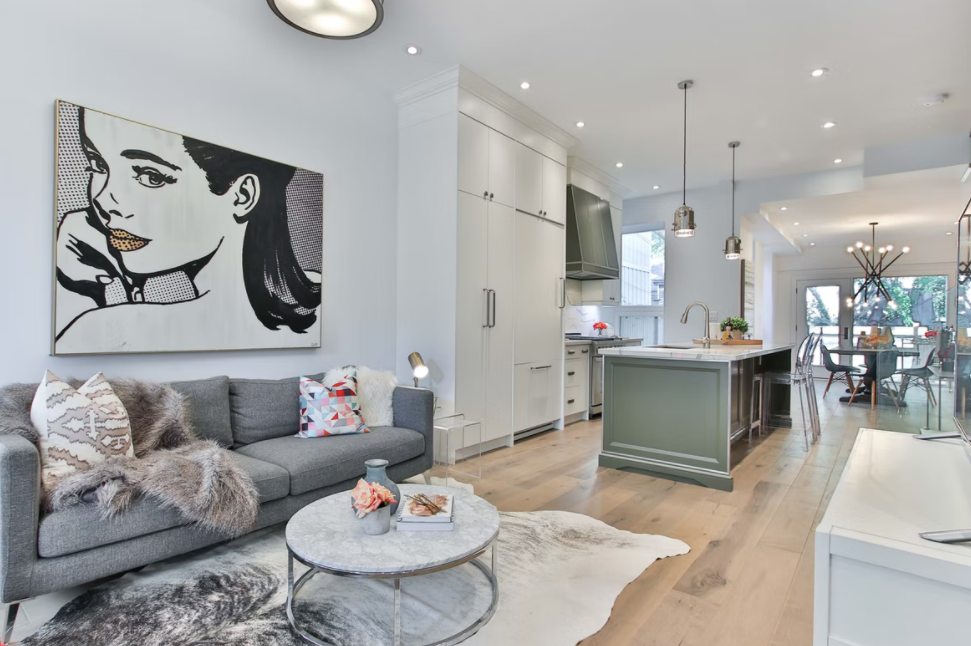





Leave a Comment